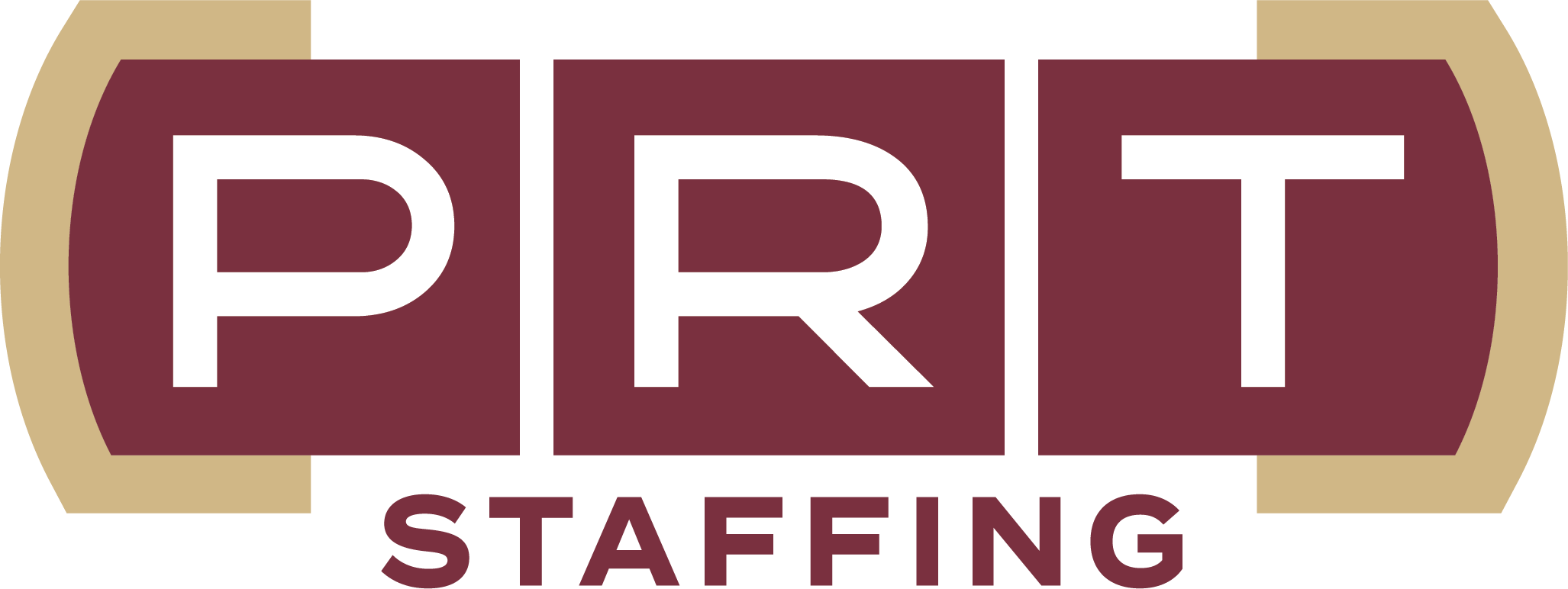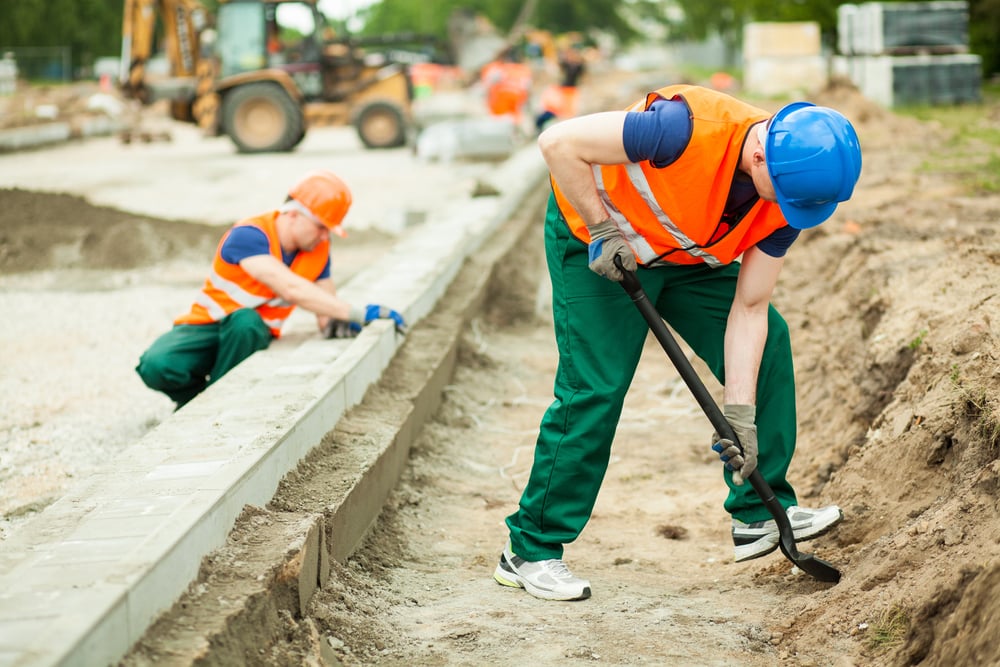Workplace Safety Tips for Any Industry
Workplace safety is an important topic regardless of what color your collar is with U.S. private industry employers reporting 2.7 million nonfatal workplace injuries and illnesses in 2020, and almost 5,000 fatal work injuries across the nation.
From “white collar workers” tapping away on keyboards in office buildings to “blue collar workers” driving 22-ton steamrollers on construction sites, keeping safe at work is a priority.
“It’s fairly obvious that safety and health hazards can exist on worksites filled with heavy machinery and equipment, where employees often are required to engage in strenuous manual labor,” wrote Safety and Health magazine. “A job where most of the work tasks are completed while sitting in a chair in a climate-controlled office building would seem less fraught with danger. However, a surprising number of hazards can be present in the office setting.”
Indeed, workplace safety, in all environments, has taken on a new meaning since the start of the pandemic in 2020.
“It’s not a surprise: the COVID-19 pandemic has changed worker health and safety in permanent ways,” says the Harvard School of Public Health.
The Cost of Workplace Injuries and Illnesses
There was a workplace injury or illness reported in the U.S. every 12 seconds in 2020 and that comes with a great cost to employees, employers, and the economy.
“The total cost of work injuries in 2020 was $163.9 billion. This figure includes wage and productivity losses of $44.8 billion, medical expenses of $34.9 billion, and administrative expenses of $61.0 billion,” says the National Safety Council. “This total also includes employers’ uninsured costs of $12.8 billion, including the value of time lost by workers other than those with disabling injuries who are directly or indirectly involved in injuries, and the cost of time required to investigate injuries, write up injury reports, and so forth.”
According to the National Safety Council, time lost due to work-related injuries in 2020 included:
- 99,000,000 total days lost
- 65,000,000 days lost due to injuries in 2020
- 34,000,000 days lost due to injuries in prior years
- 50,000,00 estimated days lost in future years from 2020 injuries
8 Workplace Safety Tips
The folks at eSafety say these are the 8 workplace safety tips every employee should know:
- Be Aware of Your Surroundings and Potential Hazards: Employees need to be aware of hazards and dangers at their workplace – from knowing where the tripping hazards are on your office floor to safely navigating the parking garage in the morning and evening. This safety tip also applies to workplace violence as the “see something, say something” policy of employers could help prevent a tragic situation. If you operate or are near certain machines and devices, you need to understand how to use them safely.
- Keep Correct Posture: This safety tip applies to basic lifting of items – many employees injure themselves by not lifting items properly, using their back instead of their legs. Employees also become injured when trying to move something, such as a desk or filing cabinet, without asking for and receiving the proper help. Correct posture also applies to office ergonomics, which Safety and Health magazine says is responsible for most injuries in office settings.
- Never Take Shortcuts or Skip Steps: Shortcuts often lead to injury so employees should not skip steps when working with tools, machinery and doing other safety-related activities. Your employee handbook should have safety steps and protocols spelled out and employees should always follow these. Employers should also make sure that safety drills are being conducted on a regular basis. A safety squad for each floor or unit of your company can help make sure that others are not taking shortcuts or skipping steps – and yes, this includes actually skipping steps (and not holding onto the handrails) when going down steps at work!
- Keep Up-to-Date on the Latest Safety Procedures: The COVID-19 pandemic showed employers and employees how fast things can change when it comes to safety. Your company should keep up-to-date with the latest local, state, and national safety laws. Your company also needs to stay current on all safety procedures for any equipment in the workplace. This includes keeping all equipment properly maintained and in safe working order.
- Keep Emergency Exits Clear: If you have ever been on a plane that experienced sudden and dramatic turbulence, then you probably wished you had listened a little closer to those safety instructions and locations of the emergency exits. In your workplace, knowing where the emergency exits are is only half the battle – it is paramount to make sure that they stay unobstructed and free of items blocking their path. Periodic safety drills can help as a spot check on the safety of your workplace emergency exits.
- Report Unsafe Conditions ASAP: Every company must have an easy method for employees and their managers to report injuries, illnesses, and unsafe conditions. Wet floors, loose tiles, broken door handles, and other items need to be reported and fixed as soon as possible.
- Take Regular Breaks: It is important to take regular breaks because tired workers are more prone to accidents and injuries. Not only take frequent breaks, but make sure to get up and move around, especially if you work at a desk, where workers are prone to lower back strain injuries. A 5-minute break every hour can be very effective. Employees should use these break times to make sure they are staying hydrated. Especially in the summertime, with extreme heat and humidity in parts of the country, workers can be exposed to heat illness if they do not stay properly hydrated.
- Always Wear the Proper Safety Gear: Personal protective equipment (PPE) has been around the workplace for a long time, but PPE has certainly taken on a new meaning during the pandemic. Your workplace should have the needed PPE available, and it should be used by employees as needed. Having the proper safety gear can also include wearing non-slip footwear that can help prevent slips and falls.
When it comes to safety, it helps to hire and retain employees with the right workplace safety attitudes.
PRT Staffing can help you build your team by customizing your search for staffing including in-depth interviews, reference checks, drug testing, and skill assessment tests.





